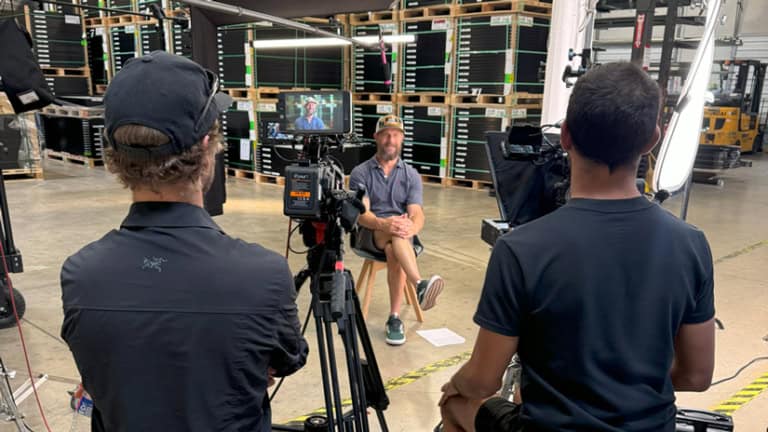
Online video has become an indispensable tool for marketers in the B2B tech sector.
This is true on platforms like LinkedIn, where videos are shared more frequently than any other content type, and YouTube, which captures more AI-generated traffic than any other platform.
Now, a study from Kantar and Google shows the outsized and evolving role of video in consumer habits and decision-making processes, particularly among Gen Z (born between 1997 and 2012).
Tech companies would be wise to follow these trends closely.
Video Is Now A Tool For Active Learning
Video consumption has shifted from primarily a passive experience to a more active, intentional one.
People still mindlessly scroll through social media and rely on the YouTube algorithm to feed them content. But viewers are becoming more deliberate and actively seeking out video as their go-to source for discovery, research, and learning.

This shift is amplified by the “second-screen experience,” where people use a phone or tablet to find content related to what they’re watching on TV. This isn’t just a distraction; it’s a key behavior that demonstrates how users are intentionally engaging with video, rather than just passively watching.
Video Influences The Entire Buyer’s Journey
The impact of video content goes beyond top-of-funnel campaigns and touches every stage of the buyer’s journey.
In a report earlier this year, Boston Consulting Group advocates for a non-linear funnel that is defined by four key behaviors:
- Streaming
- Scrolling
- Searching
- Shopping
While it may seem logical for people to use different platforms for different behaviors, the Kantar research shows that YouTube ranks as the top platform among U.S. viewers, including among Gen Z, for streaming, browsing, and searching for video content.
Viewers in the U.S. also say YouTube has the best shopping-related content, including instructional videos (91% agree), product reviews (81%), and unboxing videos (76%).
In conclusion, media buyers who earmark video content only for reach or awareness objectives risk leaving money on the table. To maximize the impact, they must expand their strategy to include video in every stage of the buyer’s journey—from initial discovery to final purchase.
Ultimately, the future is video-first. Marketers who boldly realign their media investments with how consumers actually make decisions will win in this new reality, building a significant and lasting competitive advantage.
-Celia Salsi
Director of Product
YouTube Ads Marketing
Do you need help with your video strategy? Book a video discovery call here.



